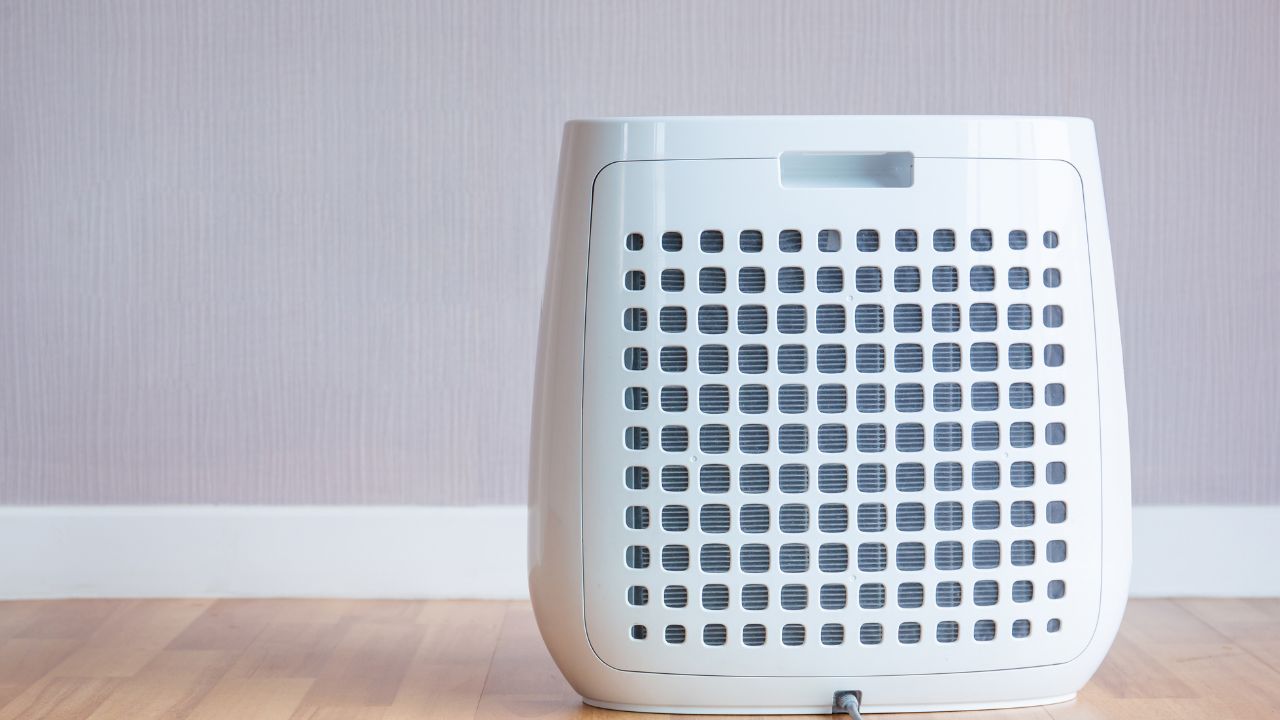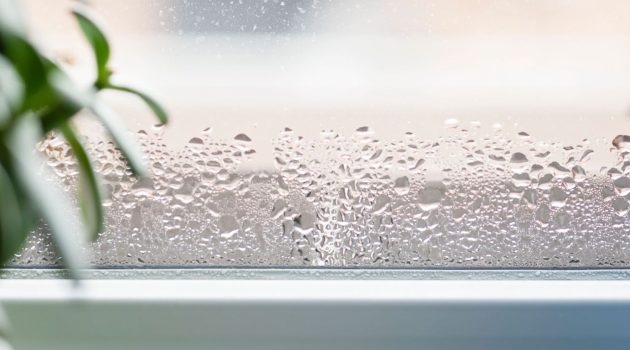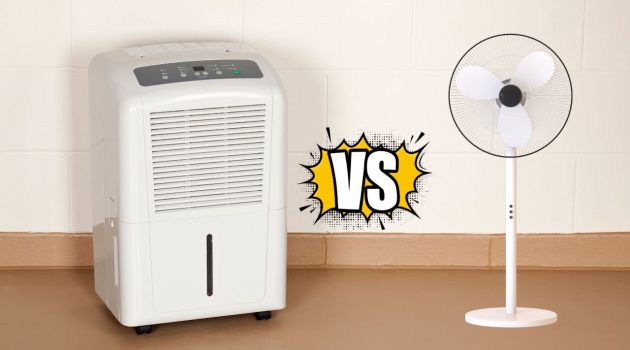Dehumidifiers can be a game changer when it comes to improving the air quality in your home, as they work to reduce dampness and humidity levels.
However, your dehumidifier makes your room feel hotter. Is this normal? Let’s find out.
There are a few reasons why your dehumidifier might be causing your room to feel warmer. One reason is that these devices produce heat as a byproduct of their operation.
As they remove moisture from the air, they release heat, which can cause a slight increase in your room’s temperature.
But this effect is usually negligible since dehumidifiers make rooms feel cooler and more comfortable by lowering humidity levels.
Another factor to consider is the airflow around your dehumidifier.
If the device is placed in an area with poor airflow or objects too close to it, it might have to work harder, leading to overheating and making the room hotter.
1. Possible Reasons for Dehumidifier Making Room Hot
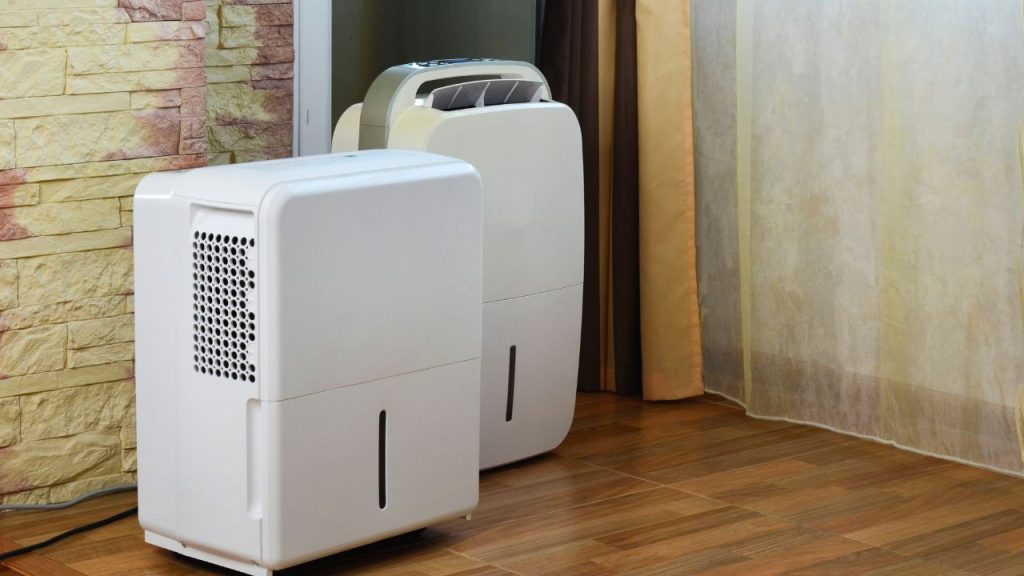
Overworking of Dehumidifier
It’s normal for a dehumidifier to slightly increase the temperature in your room as it removes moisture from the air.
However, if you notice your room becoming too warm, it could be due to your dehumidifier overworking.
When a dehumidifier works harder than it should, the heat produced during the moisture removal process becomes more pronounced.
This might happen if the dehumidifier is too small for space or extremely high humidity levels.
To solve this issue, consider using a more suitable dehumidifier based on your room’s size and humidity levels.
Improper Room Insulation
Another reason that might cause your dehumidifier to make the room hot is improper insulation.
If your room is not well-insulated, the heat generated by the dehumidifier will not dissipate through the walls and windows effectively.
As a result, it could trap the heat inside, making the room warmer.
To improve the room insulation, you can seal any air leaks, add weatherstripping around doors and windows, and use proper insulation materials on the walls and ceiling.
This will not only help to regulate the temperature but also improve the efficiency of your dehumidifier.
Positioning of Dehumidifier
The position of your dehumidifier in the room can also impact the room temperature.
Placing the dehumidifier too close to a heat source, such as a radiator, will cause the device to work harder and generate more heat.
Additionally, if the dehumidifier is placed in a cramped corner or near a wall, the airflow around the unit might be restricted, leading to reduced efficiency and increased room temperature.
Make sure to position your dehumidifier away from heat sources and in an open space to allow proper air circulation, which will help maintain a comfortable room temperature.
READ MORE: Dehumidifier vs AC for Garage: Choosing the Best Option for Your Needs
2. Preventing Your Dehumidifier from Overheating
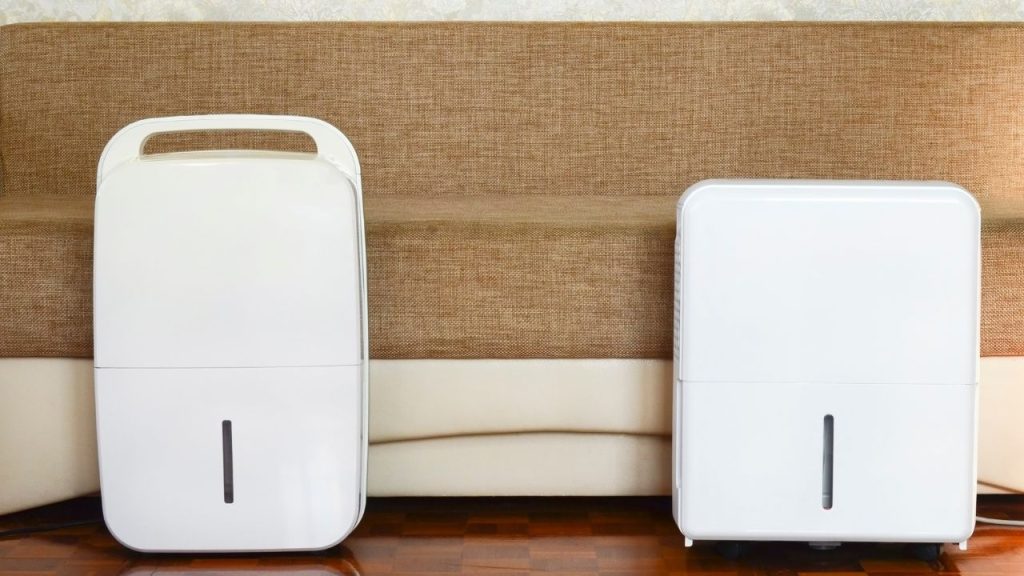
To ensure a comfortable environment in your room, let’s explore ways to prevent your dehumidifier from overheating and making the room feel hotter.
Regular Cleaning
- Clean the air filter: Regularly cleaning the air filter helps prevent hot air from blowing out of the dehumidifier. A dirty or clogged filter will reduce the efficiency of your dehumidifier and could cause it to overheat.
- Clean the evaporator coil: Cleaning the coil ensures optimal performance, avoiding unnecessary strain on the appliance and preventing it from getting too hot.
Proper Positioning
- Choose the right size: Make sure your dehumidifier is suitable for the size of your room and the temperatures you experience. If your unit is too small for the space, it may overwork itself and become too hot.
- Proper location: Place your dehumidifier in a well-ventilated area, away from direct sunlight, and with ample clearance from walls and furniture to allow for proper airflow.
Room Insulation
- Windows and doors: Keep windows and doors closed to avoid drawing in hot air from outside, making your room feel hotter and causing your dehumidifier to work harder.
- Check for obstructions: Ensure there is no physical obstruction blocking vents or exterior wall outlets, as this can restrict airflow and cause your dehumidifier to overheat.
By implementing these simple steps, you can maintain your dehumidifier’s efficiency and prevent it from overheating, keeping your room at a comfortable temperature.
READ MORE: 10 Best Dehumidifiers for Closet and Wardrobe
3. Alternative Solutions
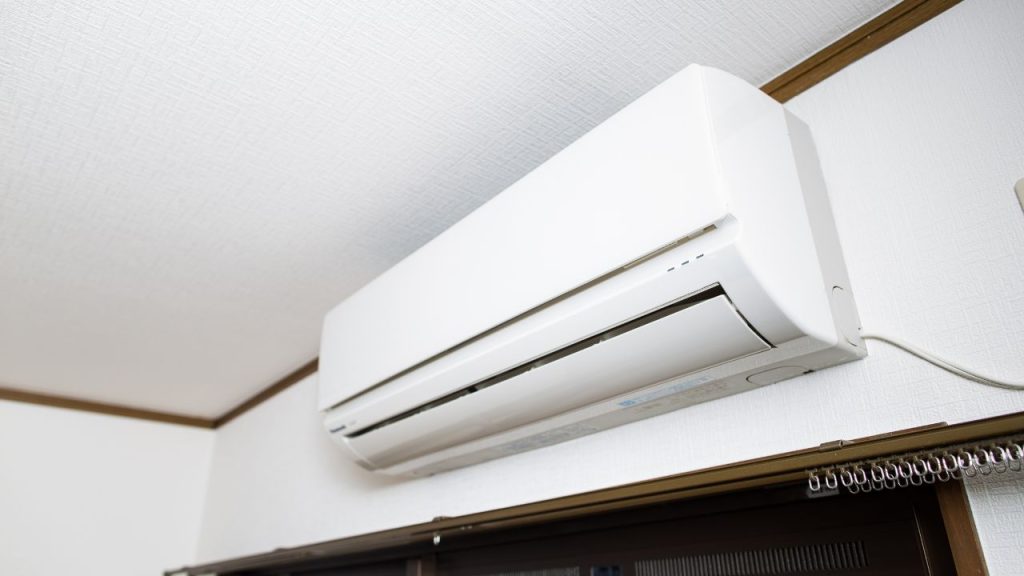
Using Air Conditioners
Air conditioners can help you maintain a comfortable temperature in your room while also reducing humidity levels.
Unlike dehumidifiers, air conditioners cool the air and remove moisture simultaneously. To ensure that your air conditioner efficiently performs the dual task, remember to:
- Choose the right size AC unit for your room.
- Set your thermostat to a comfortable temperature, ideally around 72°F to 78°F.
- Clean or replace the air filter regularly to ensure optimal performance.
By using an air conditioner, you can maintain a pleasant living space without the risk of making your room hotter.
Opt for Portable Fans
Consider using portable fans if you’re seeking a more energy-efficient and cost-effective alternative to dehumidifiers and air conditioners.
These can help with air circulation and evaporate excess moisture in your room. Here’s how to make the most of portable fans:
- Place a fan in areas with high humidity, like near windows or damp corners.
- Use exhaust fans in your kitchen and bathroom to remove excess moisture.
- Combine portable fans with humidity-reduction methods like opening windows, using moisture-absorbing materials, or moving moisture-producing appliances (like washing machines) to another area.
By adopting these strategies, you can effectively manage humidity levels in your room without making it uncomfortably hot.
READ MORE: How to Dehumidify a Garage: Simple Steps for a Dry Space
Frequently Asked Questions
Why is my dehumidifier blowing out hot air?
Dehumidifiers work by removing moisture from the air; during this process, they create some heat. The heat is a byproduct of the dehumidification process and is usually released into the room, causing the room temperature to rise slightly.
How do dehumidifiers affect room temperature?
While dehumidifiers do produce heat, their primary function is to remove moisture from the air. This often creates a more comfortable environment in the room, even if the temperature might rise slightly. The increased comfort level is due to the reduced humidity, which makes the air feel less sticky and stuffy.
Can a dehumidifier help cool a room in summer?
A dehumidifier is not designed to cool a room but can make the room feel more comfortable by lowering humidity levels. If your room feels too warm due to high humidity, a dehumidifier could help in making the room feel more pleasant.
Is it normal for a portable dehumidifier to output warm air?
Yes, it is normal for a portable dehumidifier to output warm air. The warm air is a byproduct of dehumidification and is usually released back into the room.
